New comet C/2025 R2 (SWAN): where and when to observe it in October 2025?
The comet C/2025 R2 (SWAN) was discovered on September 12, 2025 thanks to the SWAN camera (Solar Wind Anisotropies) aboard the SOHO spacecraft. This long-period comet, with an estimated orbit of about 22 554 years, offers amateur astronomers a rare observing opportunity.
Currently, the comet has an apparent magnitude of around 7, making it visible with binoculars under a dark sky. It travels across the constellations of the night sky, offering several observing opportunities. On October 2, it will pass near the star Zubenelgenubi (Alpha Librae), a useful reference point for observers. Its closest approach to Earth is expected on October 21, at a distance of 0.27 AU (about 40 million kilometers). At that time, the comet could reach a magnitude of 4, potentially visible to the naked eye under a clear sky.
To maximize your chances of observing the comet:
-
Use binoculars : A standard pair of binoculars should be enough to spot the comet, especially if it reaches the expected magnitude.
-
Choose a dark-sky observing site : Move away from urban lights to reduce light pollution and improve visibility.
-
Consult sky maps : Apps or astronomical charts can help you locate the comet precisely based on your location and the date.
In October 2025, observing conditions will be particularly favorable, with a new moon on October 21, ensuring a dark sky. Additionally, the peak of the Orionids meteor shower will coincide with this period, offering an enriched celestial display.
Comets are unpredictable celestial objects, and their brightness can vary. It is therefore recommended to follow updates from astronomical observatories and amateur astronomer communities to obtain the most recent information on the visibility of C/2025 R2 (SWAN).

 All
All
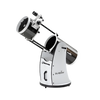 Dobson
Dobson
 Refractors
Refractors
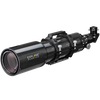 Ed & Apochromates
Ed & Apochromates
 Newtonian reflector
Newtonian reflector
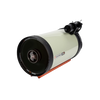 Schmidt Cassegrain
Schmidt Cassegrain
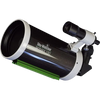 Maksutov-Cassegrain
Maksutov-Cassegrain
 Solar
Solar
 Researcher
Researcher
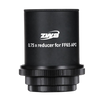 Focal reducer
Focal reducer
 Intelligent
Intelligent
 All
All
 Equatorial
Equatorial
 Alt/Az
Alt/Az
 Harmonic
Harmonic
 Tripods
Tripods
 Accessories
Accessories
 All
All
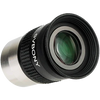 Wide angle
Wide angle
 Zoom eyepieces
Zoom eyepieces
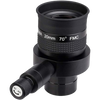 Reticulated eyepieces
Reticulated eyepieces
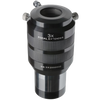 Barlow
Barlow
 Plössl
Plössl
 Binoculars
Binoculars
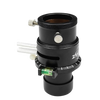 Atmospheric Corrector
Atmospheric Corrector
 All
All
 Visual
Visual
 Photo
Photo
 Polarisants
Polarisants
 Solar Filters
Solar Filters
 Accessories
Accessories
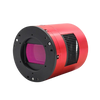 All
All
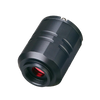 Color Cameras
Color Cameras
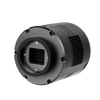 Monochrome Cameras
Monochrome Cameras
 Planetary/Guiding
Planetary/Guiding
 Objectives
Objectives
 All
All
 Binoculars
Binoculars
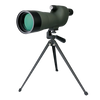 Spotting Scope and Monocular
Spotting Scope and Monocular
 Elbows
Elbows
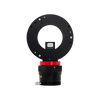 Optical Divider
Optical Divider
 Mirrors
Mirrors
 All
All
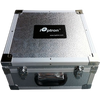 Bags and protections
Bags and protections
 Supports and counterweights,
Supports and counterweights,
 Camera adapters
Camera adapters
 Focuser
Focuser
 Collimation
Collimation
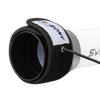 Heating band
Heating band
 Cables
Cables
 Collars
Collars
 Computers
Computers
 Fans
Fans
 Others
Others
 All
All
 Weather Station
Weather Station
 Thermometer
Thermometer
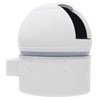 All
All
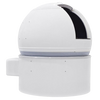 Observatory/Domes
Observatory/Domes
 Accessories
Accessories
 Askar
Askar
 Baader
Baader
 Bresser
Bresser
 Celestron
Celestron
 Explore Scientific
Explore Scientific
 GSO
GSO
 Optolong
Optolong
 Touptek
Touptek
 Vixen
Vixen
 ZWO
ZWO